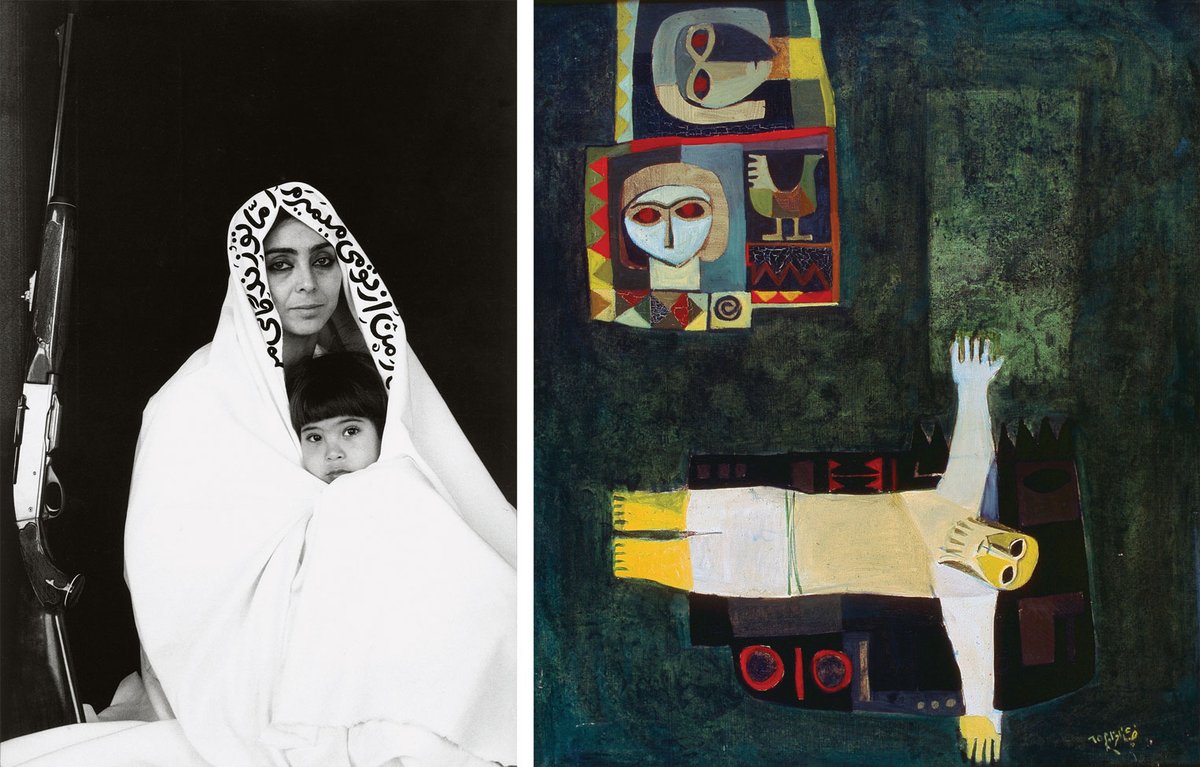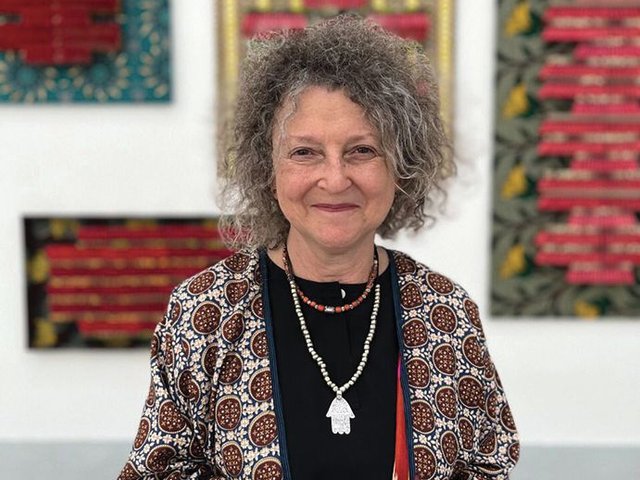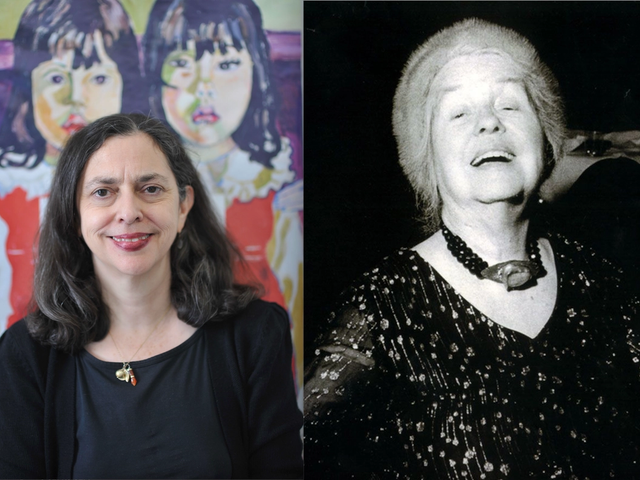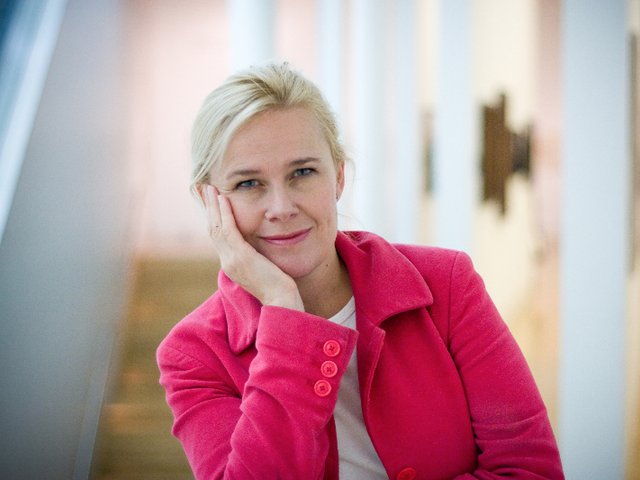The Arab art specialist Saeb Eigner’s ambitious and timely overview of Middle Eastern art from 1900 to today features more than 250 artists, spanning Morocco to Iran. Detailed biographies focus on key Modern artists such as Shafic Abboud and Bahman Mohassess as well as contemporary trailblazers from the region such as Nabil Nahas and Shirin Neshat. We asked Eigner how he approached this vast and complex art panorama.
The Art Newspaper: Why was it important to write this book?
Saeb Eigner: The book’s introduction and preface provide a substantive historical overview of Middle Eastern art over the past century. I have been privileged to witness, first-hand, the remarkable evolution of Modern and contemporary art from the Middle East, and this book aims to share that journey with a wider audience.
The book sheds light on areas that have not been widely covered in a single volume—spanning 22 countries, major art movements and gender representation. It serves as a complement to previous scholarship and a valuable resource for those passionate about Modern and contemporary art from the region, while also contextualising the vibrant contemporary art scene.
Additionally, I believe that Middle Eastern art has often been viewed through a narrow lens—either as political commentary or as a response to conflict. While these elements are undoubtedly present in the art, the reality is far richer. Part of my goal with this book is to shift the narrative and expand the appreciation of Middle Eastern art beyond these often restrictive frameworks.
How did the selection process evolve?
It began with identifying the countries that needed to be covered and ensuring strong representation of female artists—an area that has not traditionally received as much attention. One of the greatest challenges was acknowledging that not everyone could be included. The absence of a well-documented or accessible estate made some decisions even more difficult.
Another challenge was the sheer geographical breadth of the region. The Middle East, which for my book’s purposes also encompasses North Africa, is not a monolith—each country has its own rich artistic traditions, movements and trajectories. The diversity of artistic styles, influences and historical contexts meant that balancing the selection was an ongoing challenge.
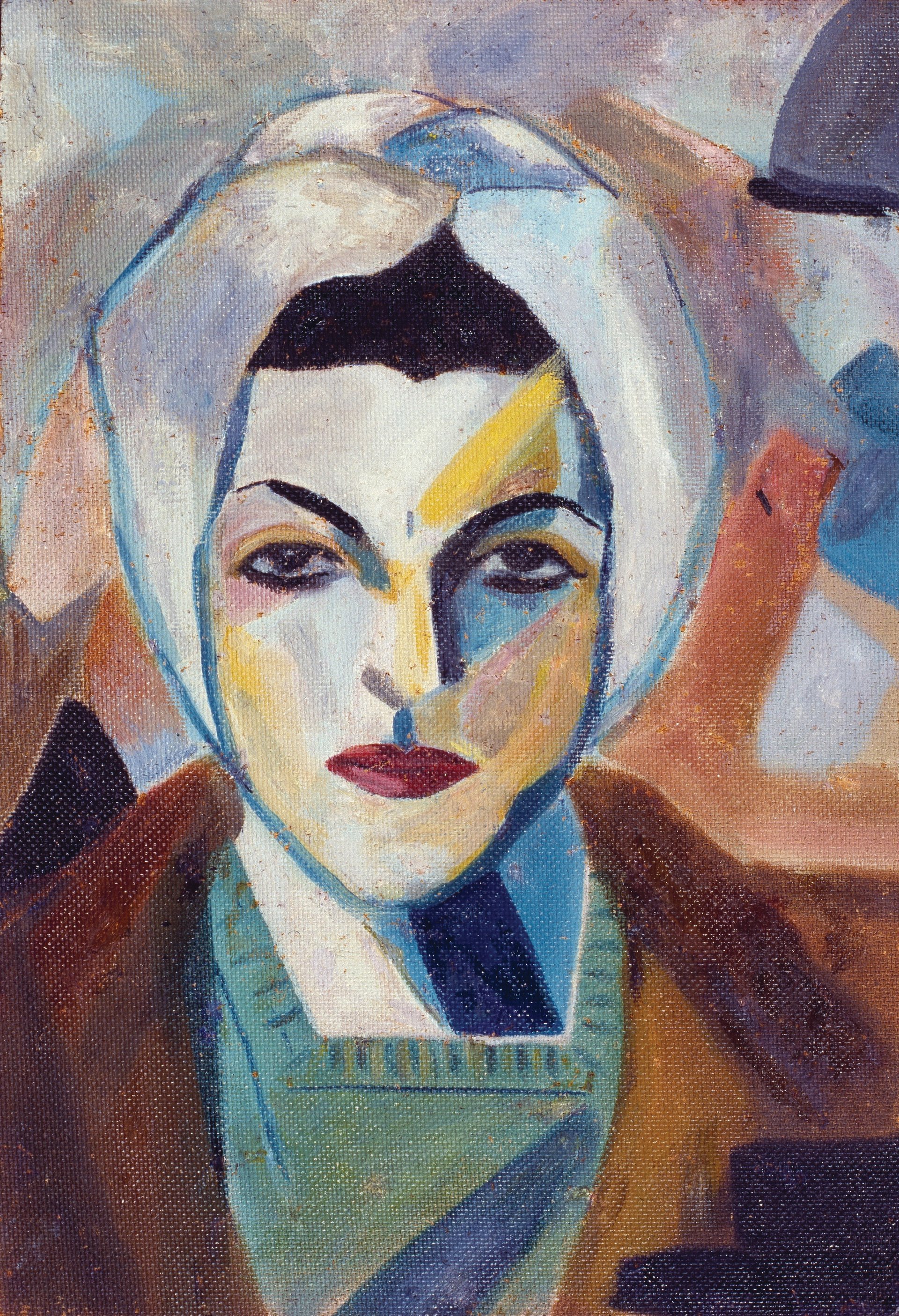
Self-Portrait (1943) by the Lebanese painter and sculptor Saloua Raouda Choucair Courtesy Saloua Raouda Choucair Foundation, Lebanon
Have any Middle Eastern schools, movements or countries been overlooked throughout history?
We tried to be as comprehensive as possible within the constraints of a single, 400-page volume. We covered key artistic movements from the Maghreb, including the Casablanca School; Egypt, which had a vibrant art scene from the early 20th century; Sudan’s Khartoum School; and the Levant, where Damascus and Beirut had thriving art scenes until the onset of the Lebanese Civil War in 1975. Iraq’s rich and diverse art scene, as well as Tehran’s pivotal Saqqakhaneh school of the 1950s, are also explored in some depth in the book.
• Saeb Eigner, Artists of the Middle East: 1900 to Now, Thames & Hudson, 400pp, £60 (hb)


